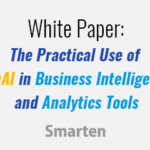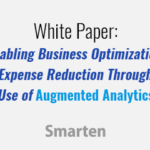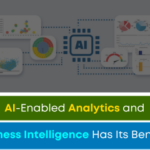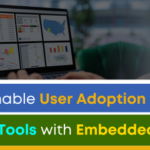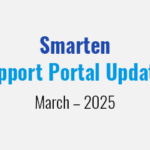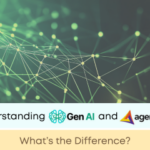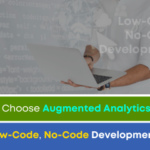Get Social BI, Collaboration and Data Security with Augmented Analytics!
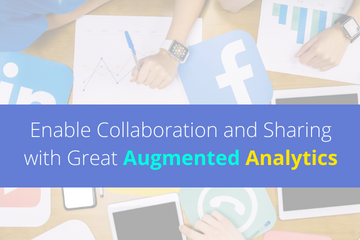
Organizational experts know that the best outcomes are achieved by building a collaborative team environment, one where information is shared and team members work from a common platform of goals and data so that everyone is on the same page. Studies reveal that 83% of professionals depend on technology to collaborate and 82% said they would be negatively impacted if collaborative technology was lost.
‘The use of data and technology within an augmented analytics environment allows users to employ assisted predictive analytics, smart data visualization, self-serve data preparation and other tools in combination with their domain knowledge and professional skills.’
When a business focuses on data democratization, it typically includes augmented analytics and tools that are designed for team members, so that enterprise data can be integrated and made available for analytics and decisions.
In this article, we look at some of the factors the enterprise should consider when selecting a self-serve analytics solution for its team members.
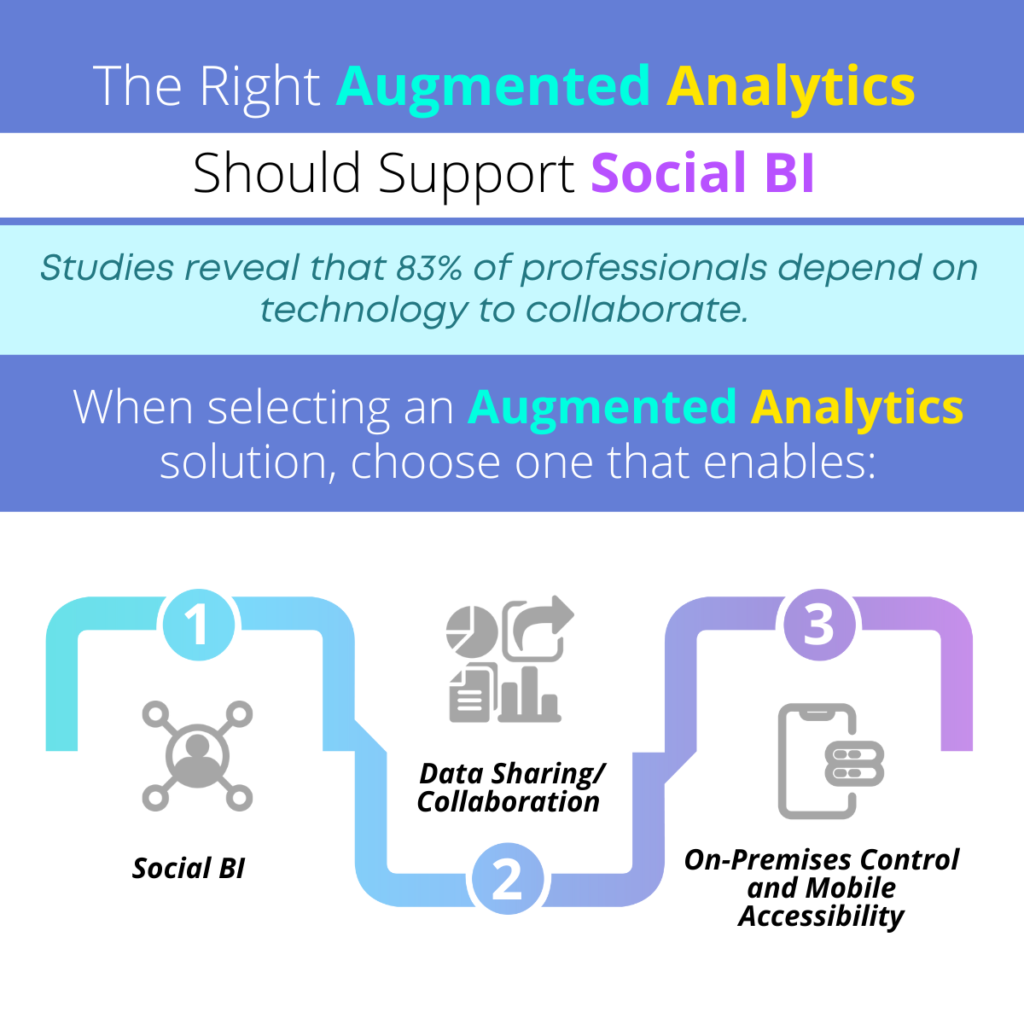
Social BI – Every team member understands social networks. When that concept is applied to analytics in an easy-to-use solution, team members can access data from across the organization and analyze that data to gain insight into problems and opportunities. In a social business intelligence environment, team members can create and share reports, share, and rate conclusions and leverage self-serve data preparation and other tools to create an environment that will support power business users and engender data popularity and user adoption. When business users can see the value of data and learn from power users, they can build an understanding of how to use this data for their own tasks and purposes and build a community that will better support the organization.
Data Sharing/Collaboration – As team members build a portfolio of reports and shared data new users can more easily collaborate and understand where the team has been and where they are going. The organization can better assess the types of data, formats, analysis, and reports that are popular among its users and will provide more value to the team and the enterprise. The use of data and technology within an augmented analytics environment allows users to employ assisted predictive analytics, smart data visualization, self-serve data preparation and other tools in combination with their domain knowledge and professional skills to create reports, analyze data, suggest solutions, and make confident decisions, all in a collaborative environment. Data created and shared by one user can become popular with other users because of a unique analytical approach or a visualization technique, and that approach can be used by other users. The organization can help its team to perform better and empower them with the tools they need to make decisions that will improve results and add value.
On-Premises Control and Mobile Accessibility – Businesses that manage a lot of data, e.g., financial services, research, etc., will want to ensure that the augmented analytics solution is a) secured and b) designed to perform well when analyzing large volumes of data. Having the option to host the solution on premises or in a public or private cloud environment gives the enterprise the flexibility to do what is best for their type and volume of data and for their users. Businesses that choose an on-premises implementation can assure seamless performance and security. Whether your organization needs on-premises, private or public cloud, be sure the solution you select provides appropriate performance, data loading and sharing and security measures. The right augmented analytics solution should also include a suitable mobile BI solution that provides access for iOS and Android devices, and extends the office environment outside the office with good performance and security. Business users should have access to dashboards, reports, clickless analytics (in a Google-type natural language processing (NLP) search environment) and the ability to embed analytics within other popular software and applications to enable analytics within data systems that are popular among users.
‘Organizational experts know that the best outcomes are achieved by building a collaborative team environment, one where information is shared and team members work from a common platform of goals and data so that everyone is on the same page.’
There are many important considerations an organization should include in its review and selection process for an augmented analytics solution. If the business truly wishes to encourage data democratization, improve data literacy, and enable organizational collaboration, it must ensure that the augmented analytics solution supports social BI, data sharing and collaboration and a flexible installation strategy that will support appropriate performance and security.
Discover the power of Flexible Augmented Analytics Technology and a Full Suite Of Collaborative Products, with intuitive, self-serve features. Discover the Smarten Augmented Analytics solution.



